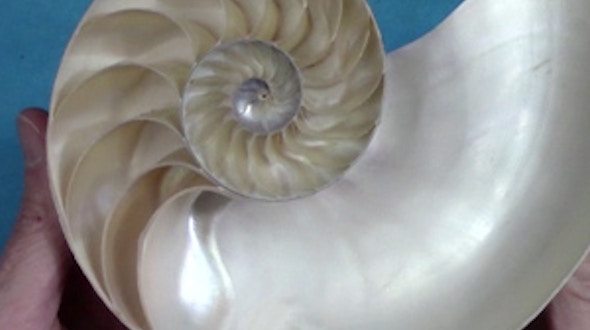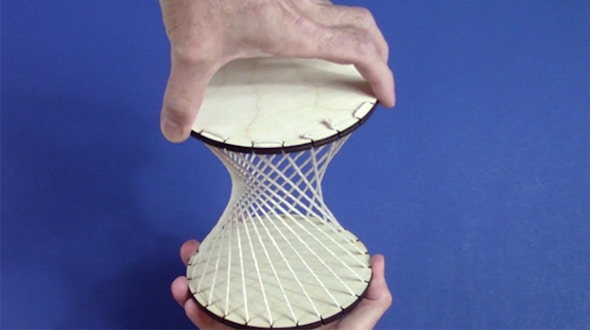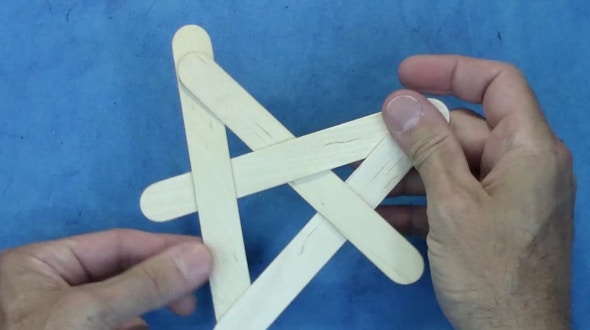Mathematical Impressions: Spontaneous Stratification
It is an almost magical experience to simply pour a granular mixture and watch it separate into its components with no effort on your part. This spontaneous form of pattern formation is a natural example of what mathematicians call “symmetry breaking” and is very simple to demonstrate in your own kitchen. Scientists only partially understand the dynamics of the process, so it poses interesting open problems in applied mathematics. Mainly, though, it is just fun to observe.
The separation and striation phenomenon demonstrated in this video was discovered and studied by Hernan A. Makse, who described it in a series of papers, including these:
Hernan A. Makse, Shlomo Havlin, Peter R. King, and H. Eugene Stanley. “Spontaneous Stratification in Granular Mixtures.” Nature 386 (March 1997): 379–81, http://arxiv.org/pdf/cond-mat/9809432v1.
Pierre Cizeau, Hernan A. Makse, and H. Eugene Stanley. “Mechanisms of granular spontaneous stratification and segregation in two-dimensional silos.” Physical Review E 59 (April 1999).
Related:
More videos from the Mathematical Impressions series.
By clicking to watch this video, you agree to our privacy policy.


